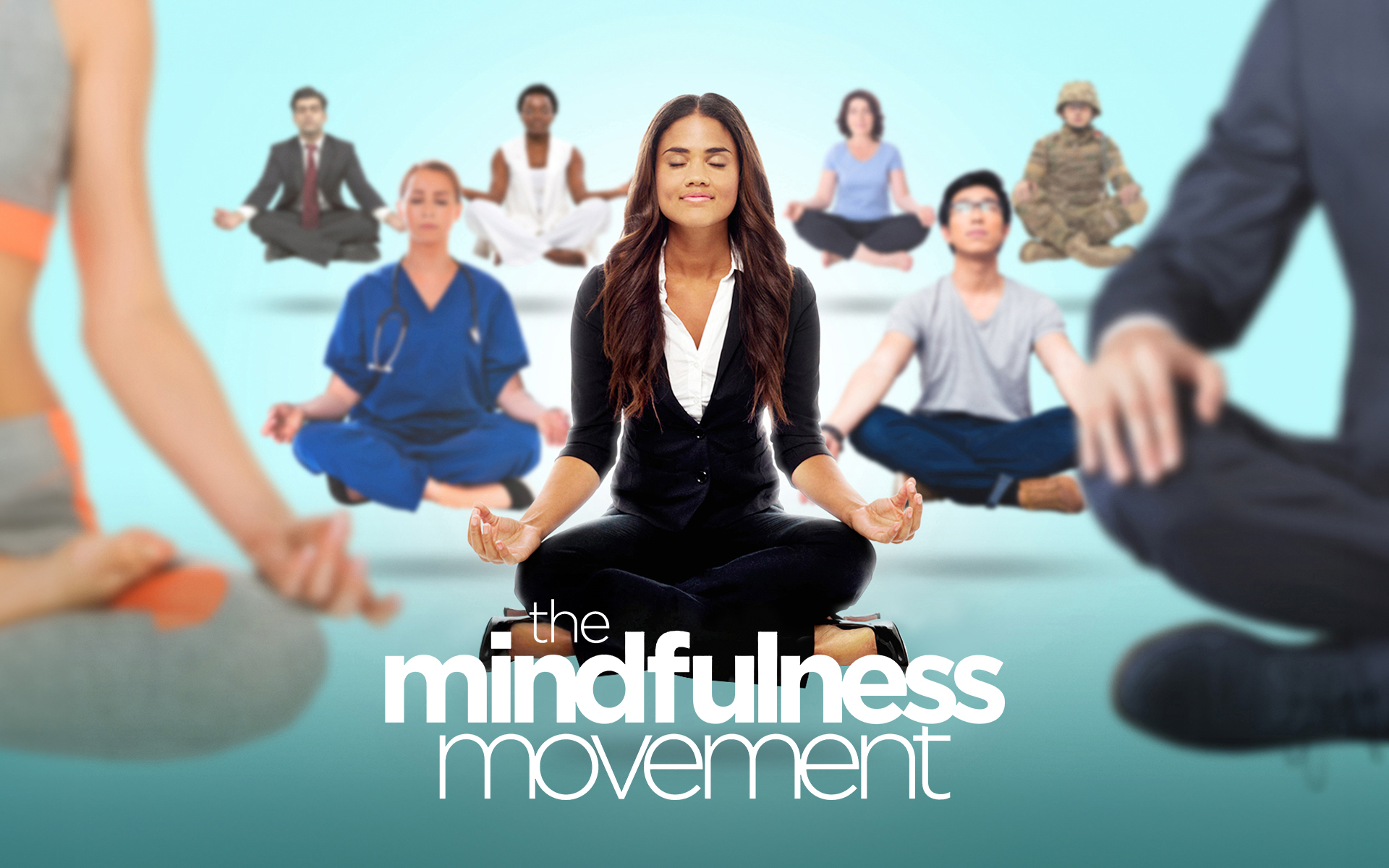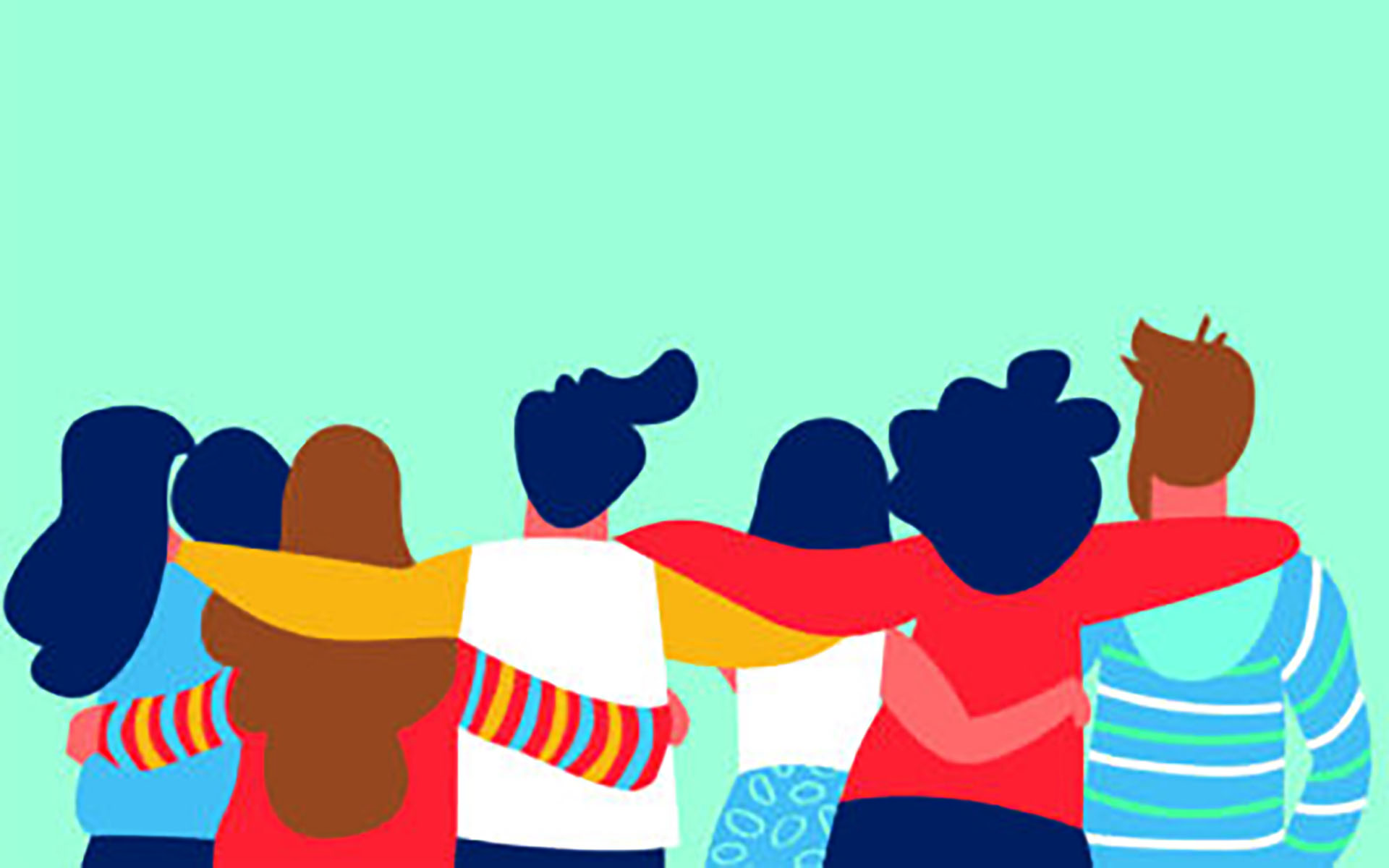While hybrid learning comes with a slew of challenges, Erica Marcus is using these difficulties to teach mindfulness to the students of Maine’s Cape Elizabeth School. In her role as a mindfulness director, Marcus provides mindfulness instruction to students in grades five through eight, offers mindfulness practice support and mentorship for school staff, and ongoing courses for parents. “I have been thinking more about how I support students in practicing mindfulness exercises when we are not together,” she says. “For kids, it can actually be a better time to practice at home than when they feel self-conscious around their peers.”
Marcus is part of the WholeSchool Mindfulness network, a non-profit which aims to make mindfulness an integral part of the curriculum in all schools. The group partners with schools to hire mindfulness directors and then helps facilitate and support the integration of mindfulness into the school community.
“For kids, it can actually be a better time to practice at home than when they feel self-conscious around their peers.”
Erica Marcus
Much of Marcus’ work this year has centered around students’ self-reflection. Through Google Classroom, Erica gives students mindfulness exercises and asks them to submit journal entries about the experience. She says her students are often more engaged in their online journals than they are when verbalizing their feelings to a group of peers.
Marcus notices that kids who may be reluctant to speak publicly feel comfortable making comments on the chat tool. She’s also encouraged kids to turn off their cameras during mindfulness practices if they feel self-conscious about practicing in front of peers.
Time for Play
“We now have this practice exchange through Google Classroom with them sharing the very personal experience they are having at home,” she says, and the home lives of her students have played a large role in her work this year. For example, when students are on Zoom, she has them do scavenger hunts. Students will look around their house for something special and do a noticing practice around their objects. “I get more insight into them as individuals. They get to share more of themselves. They get to see each other. They get to see each other’s things from their homes. That is a connecting piece. You don’t do show and tell when you’re in middle school, but it can be very meaningful. I’ve been surprised by how connected I feel to my kids.”
Her curriculum has also shifted to include more movement, levity, and games. In previous years, she has focused on neuroscience. This year, she encourages students to move their bodies and holds class outside whenever she can to prioritize wellness.
One of her favorite and most popular exercises is helping students, teachers, and parents counter screen fatigue with an “eye stretch.” The exercises are simple but very effective, explains Marcus. She has people look away from the screen to stare out the window, move their eyes up and down, then put their hands over their eyes and notice the sensation after these minor shifts.
Embracing the Whole Experience
Hybrid learning does not come without its obstacles. Many of her students attend classes with multiple siblings in a room, and their toys and other household distractions are always nearby. Marcus uses that challenge as an opportunity for practice. “I try to offer them more spaciousness,” she says. “Whatever experience they are having, let that be part of it and notice how they react to it. It can be about acknowledging that it’s really hard.”
Marcus’ in-person instruction has shifted too. By the time Marcus sees students in school in the afternoon, the kids are tired. She notes that exhaustion is the number one emotional experience that kids report to her. Socializing in-person requires lots of emotional energy and being in a mask is physically demanding as well. “They are in their seats, six feet apart. They can’t get a drink of water. It’s a big ask physically.”
And that’s why Marcus emphasizes mindful communication and authenticity. “We try to invite in our full experience, starting with honoring the very real difficulties of our lives while holding alongside the things we have and what we appreciate. We savor the joyful moments. We name that we have a negative bias, but that even on a hard day, we have experienced something that was pleasant.”
This article was updated on July 16, 2021 to reflect that Cape Elizabeth School is a middle school. When this article first appeared on mindful.org on July 2, 2021, it incorrectly referred to the school as an elementary school.
read more
How Mindfulness in Schools Supports Teens Through Difficulty
Mindfulness meditation teacher Enrique Collazo is disrupting class-as-usual with a mindfulness and compassion curriculum.
Read More
Adam Avin on Teaching Mindfulness Skills to Kids
Adam Avin saw his peers hurting and wanted to help them. In this interview, the now-16-year-old talks about the innovative ways he shares mindfulness skills with other kids and teens, sowing seeds for a happier and more peaceful future.
Read More








